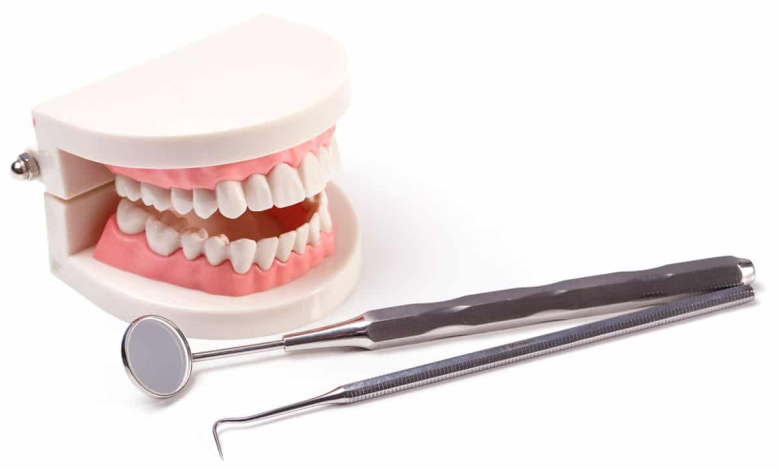
When gum disease symptoms worsen past the stage of gingivitis, it’s time to think about getting more serious treatment. How can you be sure that the infection won’t return when your dentist at The Dental Express Clairemont recommends a procedure known as scaling and root planing? “How often do you require scaling and root planing?” is a common question when discussing this scaling and root planing narrative of treatment with your dentist. To learn the answer, continue reading.
What is the Scaling and Root Planing?
Individuals with periodontitis can benefit from scaling and root planing, which is a procedure performed by a dentist. Untreated gum disease necessitates using a dental drill to remove the plaque and tartar that have built up on your teeth and gums. As a result, your dentist will likely recommend a more intensive form of therapy, such as a thorough brushing and flossing regiment.
In order to scale, a gentle scraping motion is used to remove plaque and tartar from below and deep into the gum pocket forms. A root planing procedure, which involves scrubbing down the root of the tooth to assist good tissue reattachment and minimize reinfection, will subsequently be carried out by your dentist. Bacteria, plaque, and tartar have considerably more difficulty adhering to teeth with smoother root surfaces.
Procedure for Scaling and Root Planing
Periodontitis sufferers can benefit from scaling and root planing narrative. Plaque and tartar will continue to build up around your teeth and gums if you don’t treat your gum disease. To restore your gum health, this must be removed. You need a deep tooth cleaning at this time because brushing and flossing aren’t sufficient.
Plaque and tartar are carefully scraped away from the gum line and the deepest pockets of the gums during scaling treatment. Afterward, the scaling and root planing process begins to polish the root of your teeth so that they can reattach to your teeth. This also lessens your risk of contracting the infection again. Bacteria, plaque, and tartar have a tougher time adhering to teeth with smoother roots.
Effectiveness of Scaling and Root Planing
Detailed procedures, including scaling and root planing, are necessary. If the infection is not completely eradicated, the gums and tooth structure will continue to deteriorate. Scaling and root planing’s efficiency depends on elements such as:
- The disease’s progression at the time of treatment
- Compliance with dental hygiene and treatment plans
- Periodontal pockets and their depth
- Teeth roots are shaped and grooved in a unique way, which may obscure the presence of deep calculus and other debris.
Who Needs Scaling And Root Planing?
Ideally, gums should be tightly linked to the teeth and have a 2-3 millimetre pocket at the gumline when they are in good health. Having periodontitis causes that pocket to deepen, putting teeth in danger of loosening or falling out. After gingivitis progresses into periodontitis, the condition cannot be completely reversed. Although it can be minimized if discovered and treated early. One therapy option for patients with periodontitis is scaling and root planning.
How Often Is it Necessary to Maintain a Healthy Mouth?
You can expect your session to go a long time because this process demands patience and attention to detail. In the long run, all bacteria should be eliminated from your mouth by your dentist to prevent an infection from returning and wreaking havoc on your gums, bone, and teeth.
Dental cleanings are only required every two years for people with normal dental health but your dentist may recommend a scale and root planing, commonly known as an in-depth cleaning, at least twice a year or more if your periodontitis is severe. When deciding how often a dental practitioner should see you for periodontal treatment, there are many factors to consider.
Tips For Scaling And Root Planing Aftercare
After the comprehensive operation, you should anticipate feeling some discomfort and sensitivity for a few days. Your dentist will prescribe you medications to help you with the problem, control any infections, and speed up the recuperation process.
Keep up your usual oral hygiene routine as well. They might come in tablet or mouthwash form. When you brush and floss your teeth, you remove plaque built up over time. A follow-up consultation will be planned to check on the healing of your gums and the depth of the sockets.
A soft-bristled toothbrush should be used for gentle brushing twice a day. Before the mending process is complete, do not eat any hard foods. Consume nutritious foods and abstain from smoking.